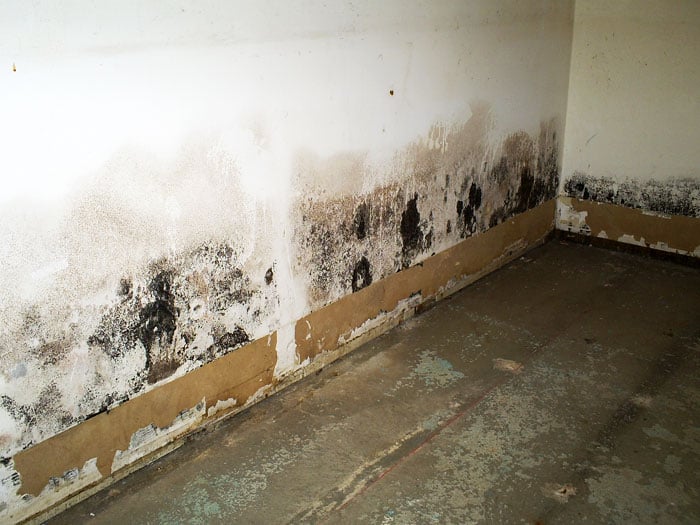Do's & Don'ts of Water Restoration.
Do's & Don'ts of Water Restoration.
Blog Article
Presented here below you can discover some outstanding information involving Preventing Fires and Water Damage In Your Home.

Though water offers life, water intrusion on parts where it's not meant to be can result in damage. If the water saturates right into your structure, it can peel off away surfaces and also wear down the structure. Mold and mildew and mildew additionally grow in a wet environment, which can be harmful for your health. Residences with water damage odor old and moldy.
Water can come from numerous resources such as tropical cyclones, floodings, burst pipelines, leaks, as well as sewage system issues. In case you experience water damage, it would be great to know some security preventative measures. Here are a few standards on just how to deal with water damage.
Do Prioritize House Insurance Policy Coverage
Water damages from flooding as a result of heavy winds is seasonal. However, you can additionally experience an abrupt flooding when a damaged pipeline unexpectedly bursts right into your residence. It would be best to have house insurance that covers both disasters such as all-natural disasters, and emergencies like busted plumbing.
Do Not Neglect to Shut Off Energies
This reduces off power to your entire home, preventing electrical shocks when water comes in as it is a conductor. Don't fail to remember to turn off the main water line shutoff.
Do Keep Proactive and also Heed Weather Condition Notifies
Pay attention to emptying warnings if you live near a creek, lake, or river . Doing so lowers potential building damage.
Don't Disregard the Roof
Prior to the climate turns frightful, make sure you have a roof covering inspection. Actually, it would be prudent to obtain this solution yearly as it can minimize complicated issues. You can stay clear of rain damage if there are no holes as well as leakages in your roofing system. Your roofer will likewise deal with damaged seamless gutters or any other signs of weakening. This will stop water from flowing down your wall surfaces and also saturating your ceiling.
Do Take Notice Of Little Leakages
A ruptured pipeline doesn't occur over night. You might see bubbling paint, peeling off wallpaper, water touches, water stains, or dripping noises behind the walls. Have your plumbing repaired before it results in massive damage.
Do Not Panic in Case of a Burst Pipe
Maintaining your clearheadedness is important in a time of crisis. Stressing will only worsen the trouble since it will suppress you from acting fast. When it concerns water damage, timing is crucial. The longer you wait, the even more damage you can expect. Hence, if a pipe bursts in your house, instantly shut down your main water valve to remove the source. After that unplug all electrical outlets in the location or switch off the circuit breaker for that part of your house. Call a respectable water damage repair professional for assistance.
Water gives life, water invasion on parts where it's not supposed to be can result in damage. Residences with water damages odor stuffy and also old.
Water damages from flooding dues to heavy winds is seasonal. You might observe bubbling paint, peeling wallpaper, water touches, water spots, or dripping audios behind the walls. When it comes to water damages, timing is essential.
Some Do's & Don't When Dealing with a Water Damage
DO:
Make sure the water source has been eliminated. Contact a plumber if needed. Turn off circuit breakers supplying electricity to wet areas and unplug any electronics that are on wet carpet or surfaces Remove small furniture items Remove as much excess water as possible by mopping or blotting; Use WHITE towels to blot wet carpeting Wipe water from wooden furniture after removing anything on it Remove and prop up wet upholstery cushions for even drying (check for any bleeding) Pin up curtains or furniture skirts if needed Place aluminum foil, saucers or wood blocks between furniture legs and wet carpet Turn on air conditioning for maximum drying in winter and open windows in the summer Open any drawers and cabinets affected for complete drying but do not force them open Remove any valuable art objects or paintings to a safe, dry place Open any suitcases or luggage that may have been affected to dry, preferably in sunlight Hang any fur or leather goods to dry at room temperature Punch small holes in sagging ceilings to relieve trapped water (don't forget to place pans beneath!); however, if the ceiling is sagging extremely low, stay out of the room and we'll take care of it DO NOT:
Leave wet fabrics in place; dry them as soon as possible Leave books, magazines or any other colored items on wet carpets or floor Use your household vacuum to remove water Use TV's or other electronics/appliances while standing on wet carpets or floors; especially not on wet concrete floors Turn on ceiling fixtures if the ceiling is wet Turn your heat up, unless instructed otherwise

I was brought to that report about Preventing Fires and Water Damage In Your Home from a good friend on a different web address. Do you know about anybody else who is intrigued by the subject? Do not hesitate to promote it. Thank you so much for taking the time to read it.
Report this page